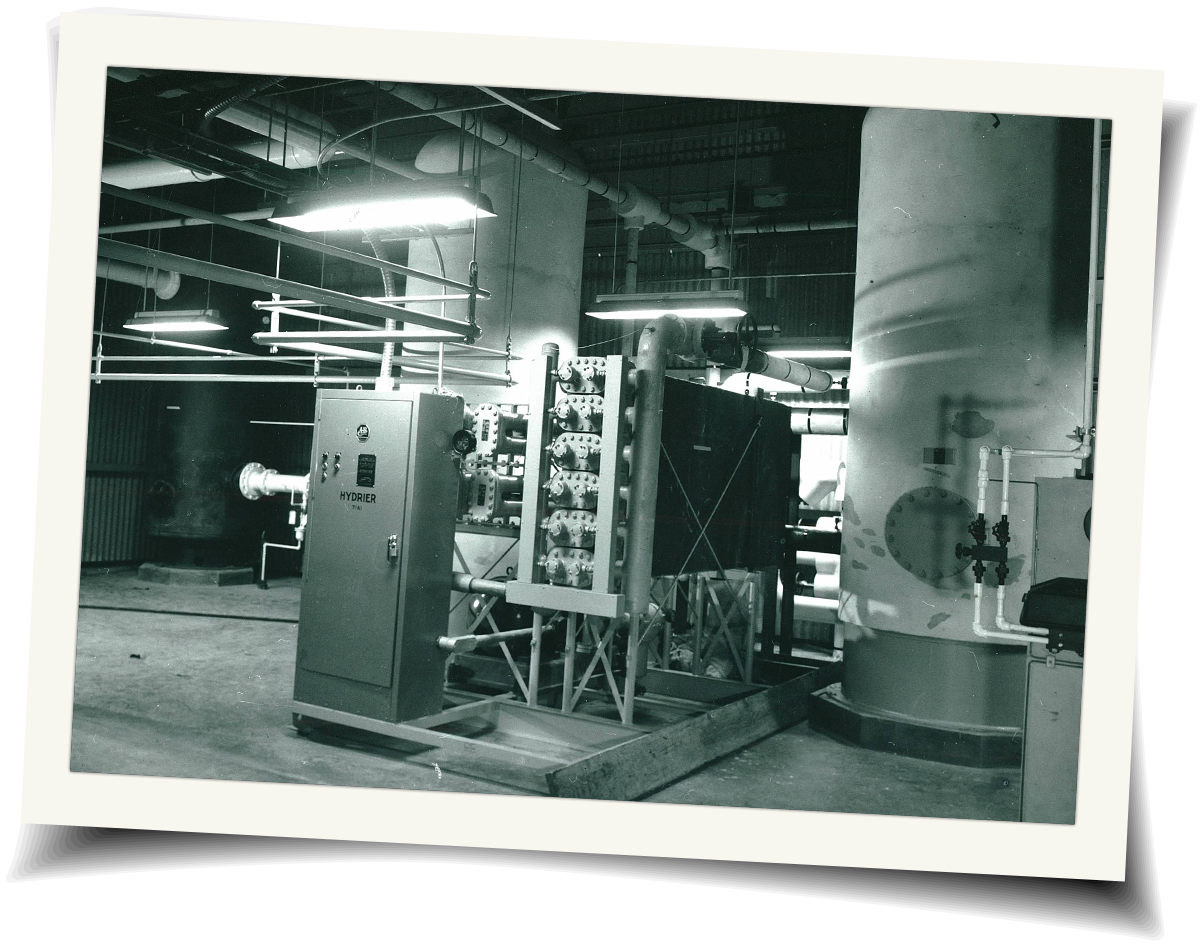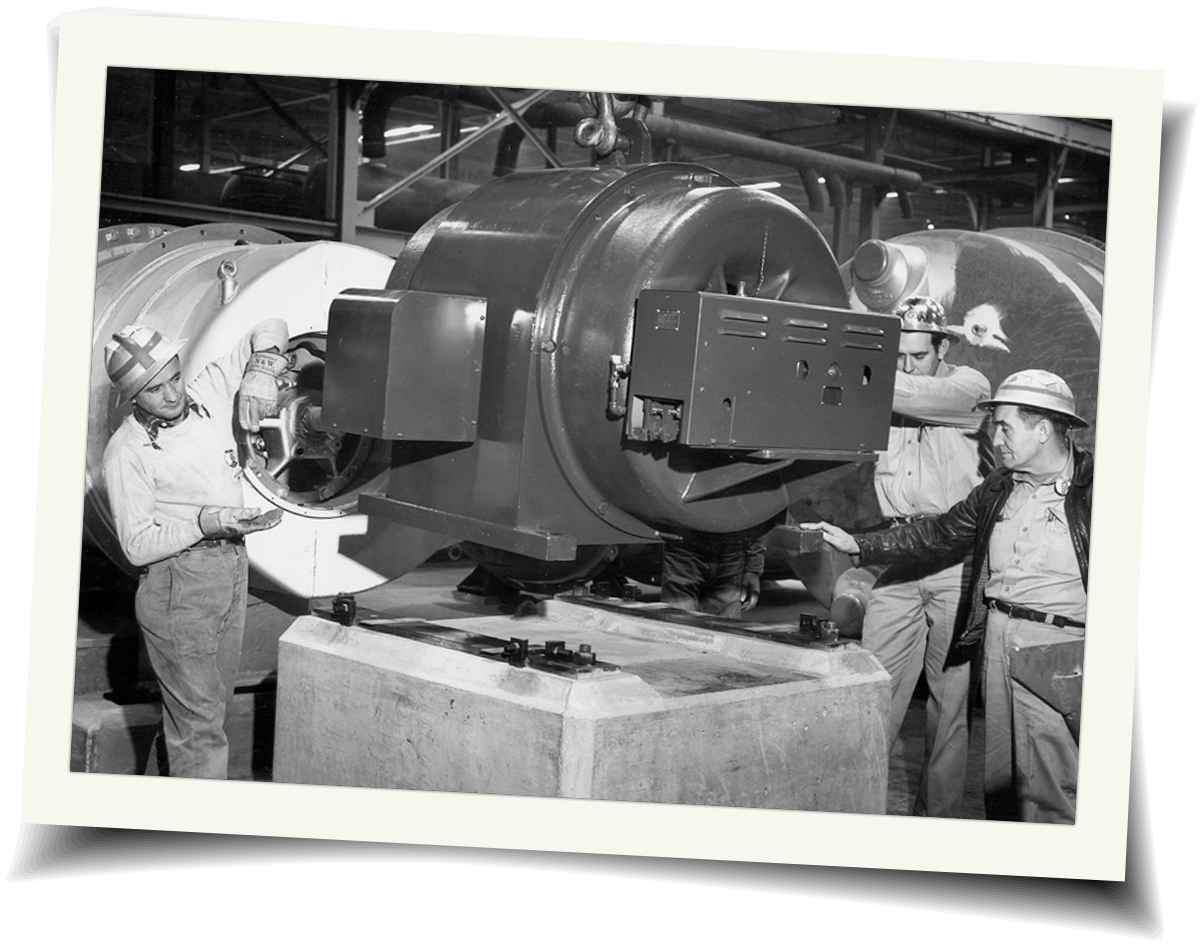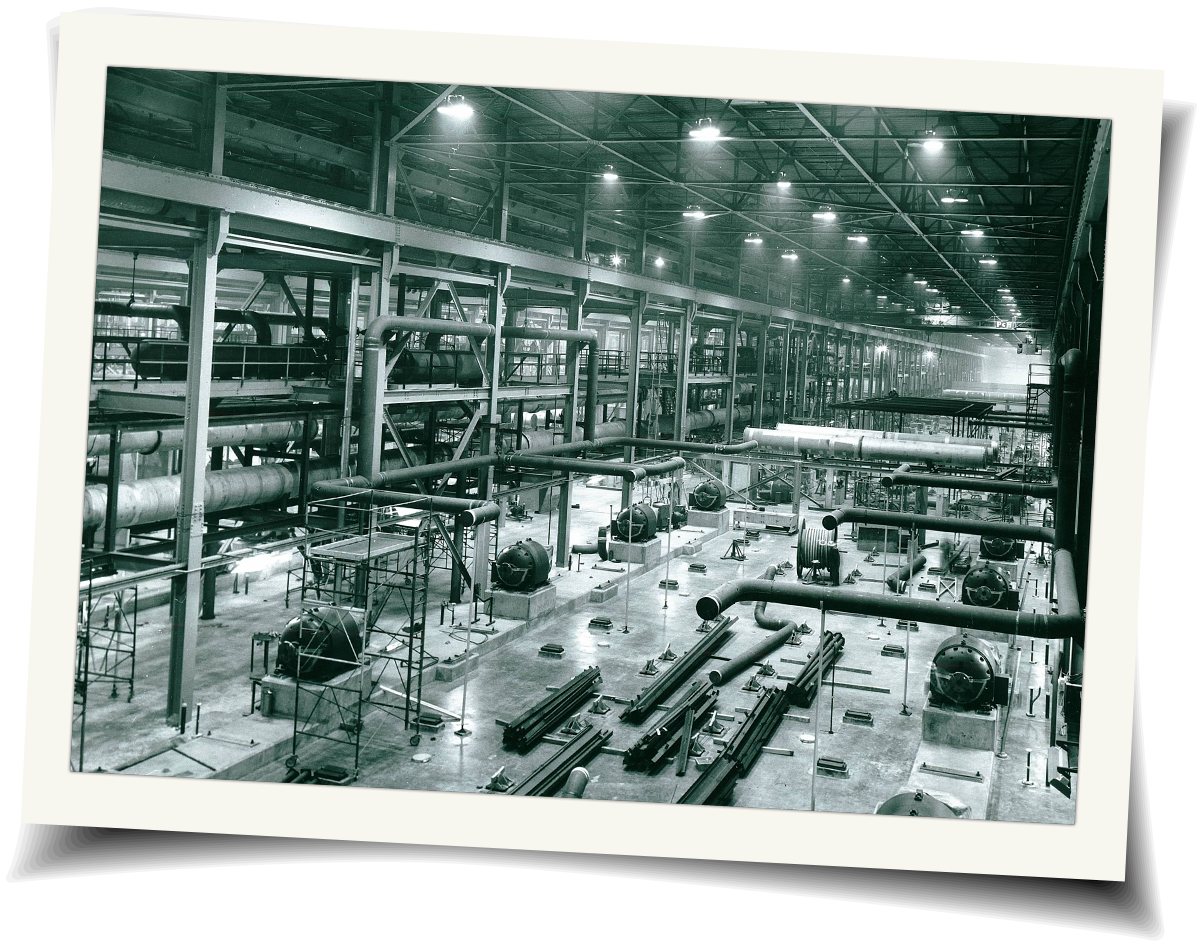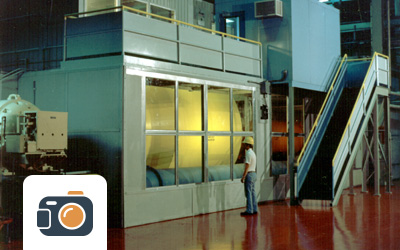
The Portsmouth Gaseous Diffusion Plant, or the "A-Plant" as the locals refer to it, was constructed by the United States Atomic Energy Commission to provide enriched uranium for the nation’s nuclear defense system and later for use in commercial nuclear power reactors. The plant enriched uranium from 1954 until 2001 through a process called gaseous diffusion. The 3,700-acre site in southern Ohio is owned and managed by the U.S. Department of Energy (DOE).
The gaseous diffusion process is no longer operational and DOE is conducting an extensive environmental cleanup of the site. A number of inactive facilities have been removed and remaining structures, including the gaseous diffusion process buildings and support facilities, will be demolished through a project called Decontamination and Decommissioning (D&D). This virtual museum was developed to preserve information, data, photos, films, videos and oral histories as the site goes through D&D.
Learn MoreLatest News
Cold War History
In the National Park Service’s National Historic Landmark Theme Study titled Protecting America: Cold War Defensive Sites, author John S. Salmon suggests, “Two facts dominated the Cold War Era...
DOE History
The U.S. Department of Energy (DOE) has one of the richest and most diverse histories in the federal government...







